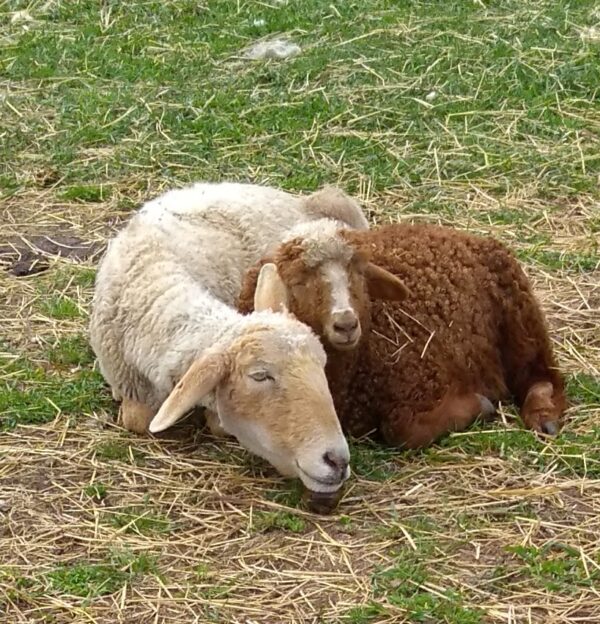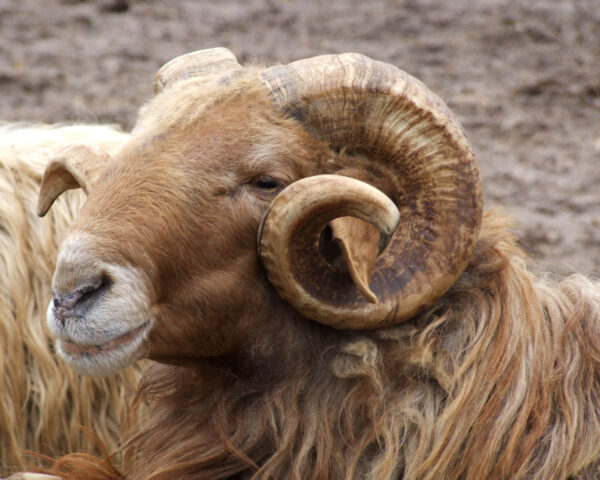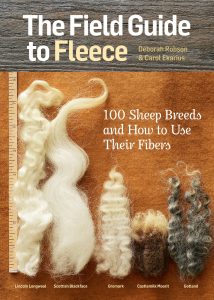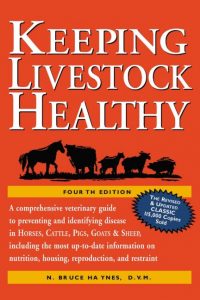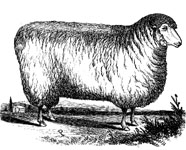
Breed Facts
Status:
Threatened
Use:
Meat, Wool, Milk, Pelts
Adult Weight:
Rams: 175-225 lbs. Ewes: 100-150 lbs.
Temperament:
Docile, Alert
Experience Level:
Novice – Intermediate
Notes:
Fat-tailed sheep; horned; wool comes in a wide range of colors
KARAKUL – AMERICAN SHEEP
The Karakul breed originated in Central Asia, and its name comes from the village of Kara Kul (or Black Lake), which lies in the Bokhara region between Turkmenistan and Afghanistan near the Caspian and Black Seas. Some archeological artifacts indicate that the breed has been raised there since 1400 BCE.
Karakuls were historically used for meat, fat, wool, and pelts. Of most value were the pelts of lambs, called “Persian lamb” or “astrakhan”, that were used to make a variety of warm, soft, and elegant garments. The silky birth coat of the Karakul matures into a fleece with a long, lustrous outer coat and a fine, soft inner coat. Adding interest to this unusual fleece is the breed’s array of colors. They carry a dominant black gene, so most sheep are born black and fade to gray as they mature. However, occasionally lambs are born brown, spotted, roan, white, red, gray, gold and Sur (dark & light colors on same fiber). Karakul fleece has a low grease content and can be easily spun; it is also excellent for felting. Currently, most of the Karakul wool produced in this country is used by hand spinners and weavers. Fleeces weigh five to ten pounds and have a staple length of six to twelve inches.
Karakul sheep were introduced into the US between 1909 and 1929. Karakuls were imported to establish a pelt industry in the US, but this effort was not successful, and the breed has always been relatively rare.
They have a long, narrow head, with a slight indentation between their eyes. They often are Roman nosed. They have strong, long-lasting teeth. Their long ears point down, and may have a long U-shape, small V-shape, or be absent entirely. Their long neck is carried semi-erect on their long, narrow body. Karakuls are medium in size. Their legs are medium to long. Ewes are usually polled but horn buds are common and small horns do occur; rams are polled or horned. Some have wattles. Karakul rams weigh between 175-225 lbs. and ewes between 100-150 lbs.
The Karakul is a member of the family broad-tailed sheep, characterized by the deposits of fat at the base of the tail as well as along the first 3-5 vertebrae instead of throughout the body. This fat is distinctive in texture and flavor from other body fat and is highly valued in the cuisine of Central Asia. The rest of the carcass is very lean.
Their milk can be used to produce soft cheese, butter, frozen confections, and yogurt. Several modern shepherds have trained their Karakul ewes to be milked while they are nursing their lambs to maintain lactation as long as possible.
Though used primarily for the production of wool, Karakuls are multipurpose sheep with many valuable characteristics. They are hardy and adaptable, thriving under rugged conditions in a variety of climates. The sheep are aggressive grazers and browsers, useful wherever pastures need improvement. They are resistant to internal parasites and foot rot.
Breeding out-of-season has always been a Karakul trait, and several bloodlines in the US produce twins regularly. Lambing in the fall happens regularly, even in traditional landrace flocks, so ewes are able to produce 3 lambs in two years. Ewes are attentive and protective mothers that milk very well. They have a high lamb survival rate. They are generally calm and can be trained to come when they are called and recognize their own name.
Karakuls have a strong flocking instinct, and if faced with danger, they form a circle with the lambs in the middle. They can be run in fenced pastures or on rangeland. However, they do not herd well and can frustrate herding dogs.
The population in North America has been genetically divergent from Central Asian stocks since the time of importation, so this now warrants classification of the American Karakul as a separate breed.
Did you know:
Membership dollars and charitable gifts provide LOTS of free heritage breed resources like archived Facebook chats, microgrants, webinars, book downloads, and charts for comparing breed attributes. Staff members also answer phone calls and emails every day. These and many more services are designed to graduate more breeds off the Conservation Priority List. Thank you for investing in our ability to serve the heritage breeds community with free resources!
You may be interested in…

Breed Facts
Status:
Threatened
Use:
Triple
Adult Weight:
100 – 200 lbs
Temperament:
Docile, Alert
Experience Level:
Novice – Intermediate
Notes:
Fat-tailed sheep, horned, carpet wool with wide range of colors
You may be interested in…

